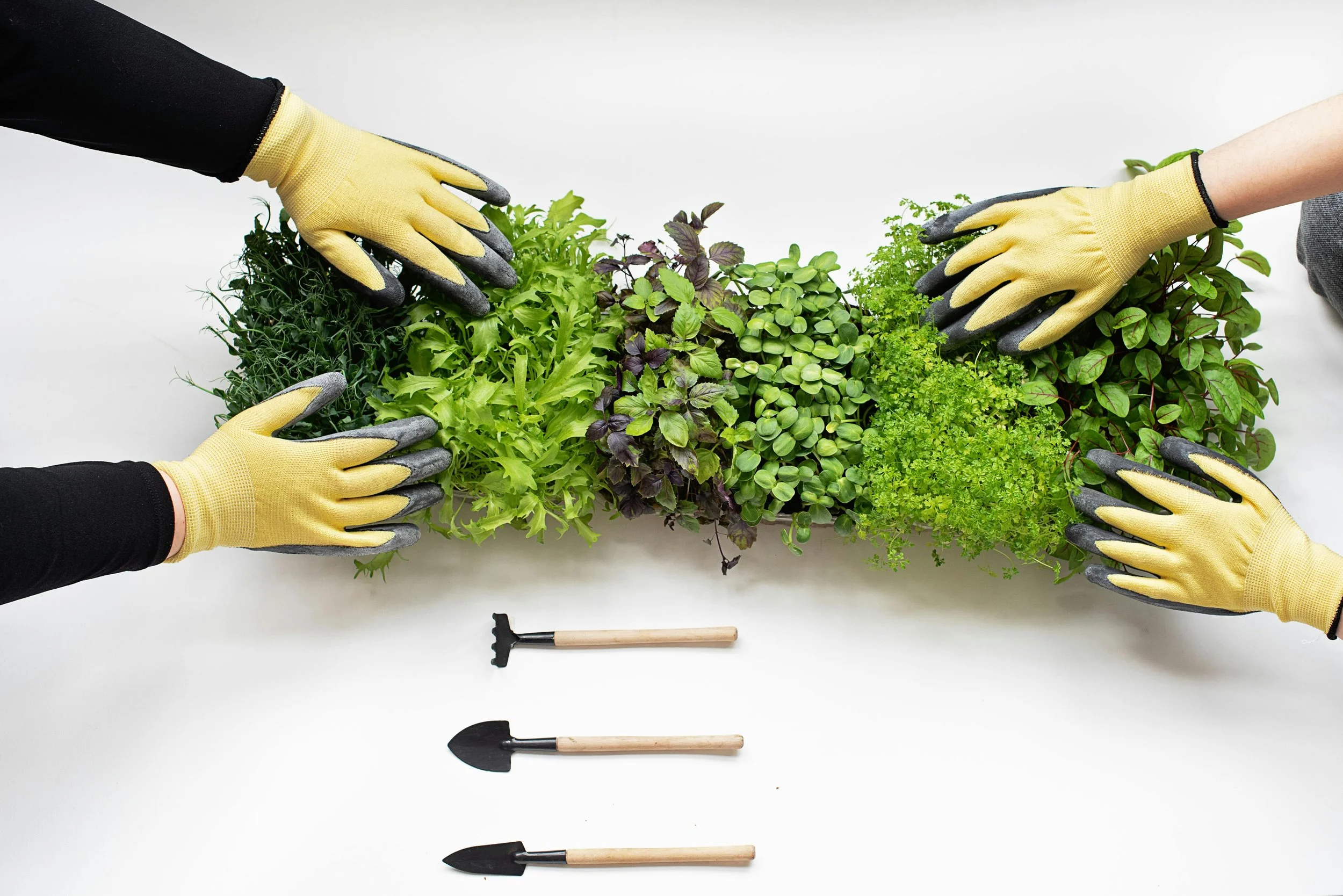DIY Green Home Projects: Eco-Friendly Improvements You Can Make Yourself
As the world increasingly embraces sustainability, many homeowners are looking for ways to make their homes more eco-friendly. Fortunately, there are plenty of do-it-yourself (DIY) projects that can significantly reduce your home's environmental impact. Here, we'll explore a few easy and effective green home improvements that you can undertake yourself, from installing rainwater collection systems to creating compost bins and building vertical gardens.
Installing Rainwater Collection Systems
Collecting rainwater is a simple yet impactful way to conserve water and reduce your reliance on the municipal supply. Here's how you can set up your own rainwater collection system:
1. Choose a Location: Select a spot under a downspout where you can place a large barrel or tank.
2. Prepare the Barrel: Purchase a rain barrel with a spigot at the bottom for easy access. Ensure it has a lid to keep debris and insects out.
3. Install the Diverter: Attach a rainwater diverter to your downspout. This device will direct water into the barrel while allowing excess to flow through the downspout.
4. Secure the Barrel: Position the barrel under the diverter, ensuring it’s on a stable surface. Elevate it slightly using bricks or cinder blocks to make it easier to access the spigot.
By collecting rainwater, you can use it for gardening, washing your car, or even flushing toilets, which helps save a significant amount of water.
Creating Compost Bins
Composting is an excellent way to recycle kitchen scraps and yard waste into nutrient-rich soil for your garden. Here’s a straightforward guide to creating your own compost bin:
1. Select a Container: You can purchase a compost bin or make one using a large plastic container with a lid.
2. Drill Holes: Ensure there are plenty of holes in the sides and bottom of the container to allow for airflow and drainage.
3. Layer Your Compost: Start with a layer of coarse materials like twigs or straw. Then alternate between green waste (fruit and vegetable scraps, coffee grounds) and brown waste (leaves, cardboard, paper).
4. Maintain the Bin: Keep the compost moist but not soggy, and turn it regularly to aerate the materials and speed up decomposition.
Over time, you'll produce rich compost that can be used to improve your garden soil, reducing the need for chemical fertilisers.
Building Vertical Gardens
Vertical gardens are perfect for those with limited space. They not only add greenery to your home but also help improve air quality. Follow these steps to create your own vertical garden:
1. Choose a Structure: Decide on the framework for your garden. You can use a wooden pallet, metal grid, or even a shoe organiser.
2. Prepare the Structure: If using a pallet, line the back and sides with landscape fabric to hold soil. For a metal grid, attach planters or pots securely.
3. Select Your Plants: Opt for plants that thrive in vertical arrangements, such as herbs, succulents, or small vegetables.
4. Plant and Maintain: Fill the containers with soil and plant your chosen greens. Water regularly and ensure they receive adequate sunlight.
Vertical gardens are a beautiful and practical way to maximise space and bring more nature into your home environment.
Embracing these DIY green home projects can make your home more sustainable and eco-friendly. Whether it's installing a rainwater collection system, creating a compost bin, or building a vertical garden, each project contributes to reducing your environmental footprint. Start small and enjoy the process of making your home a greener, more sustainable place.
By undertaking these projects, not only do you contribute to environmental conservation, but you also create a healthier living space for yourself and your family. Happy greening!
Get in touch today to start our journey together.
Stay committed!
Damien Frearson

